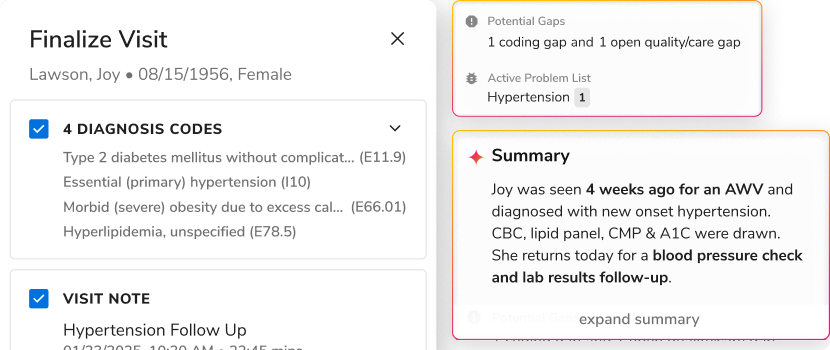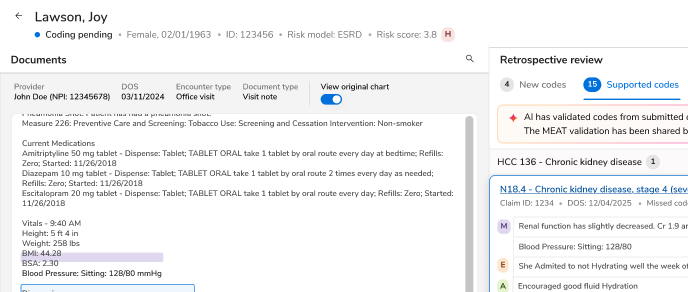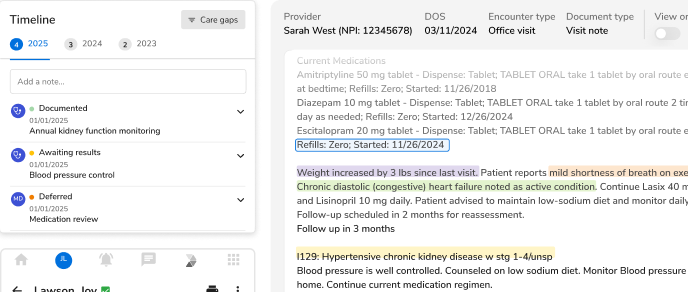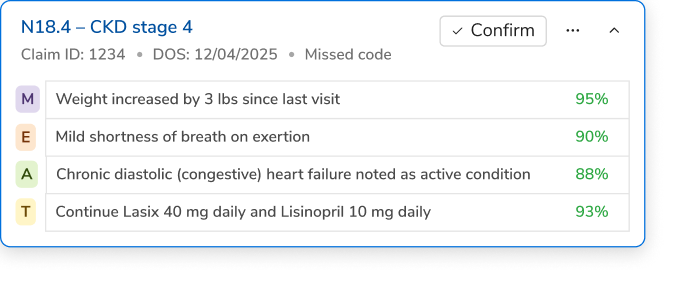Quality in Healthcare: Improving Care Saving Lives

Almost a decade ago, healthcare experts noticed a huge in evidence-based care and the quality of care that was being actually delivered. The number of cases of medical errors was rising with the cost. At one point in time US had most preventable deaths among other developed countries. Owing to this clinical data reporting was necessary more than ever to improve the health of the population and create impact at scale.
Due to the mandates in Affordable Care Act (ACA) by 2013, over 70% of the providers in the U.S. had adopted EMRs in their practices. This increase in the usage of EMRs provided health data which could be linked electronically. Now with access to patient demographic information and disease registries, facilitating better care was easier. To ensure that health care system is delivering effective and efficient timely care, CMS came up with Clinical Quality Measures (CQMs).
CQMs are measures and tools that help measure and track the quality of health care services provided by eligible professionals, eligible hospitals, and critical access hospitals. CQMs make use of data associated with providers’ indicating their capability to deliver high-quality care or their approach toward long-term goals for quality health care. CQMs measure many aspects of patient care including:
- Health outcomes
- Clinical processes
- Patient safety
- Efficient use of health care resources
- Care coordination
- Patient engagements
With the increasing number of providers using some form of EHR platform to store their patient data, the potential to use electronic clinical quality measures to assess the quality of health care providers increased.
- Between the year 2006 and 2012, somewhere around 7000 to 10,000 lives were saved as a direct result of improved inpatient heart failure process measures.
- They were also able to avert approximately 7000 infections.
- Greater patient satisfaction was observed with 2012 data.
And hence, eCQMs – electronic clinical quality measures were developed and encouraged under the Meaningful Use (MU) program. eCQMs use data from EHRs and other health IT systems to measure health care quality and publicly report the data. By using EHR data for clinical reporting, it is easier to keep tabs on patient health outcomes, adherence to clinical processes, patient security and safety with efficient use of healthcare resources.
eCQMs are classified on the following basis:
- The scoring unit: Patient, Episode
- Score Computation: Proportion, Ratio, Continuous Variable
When the Meaningful Use (MU) program introduced eCQMs, there was nothing to ensure the accuracy of the measures.Therefore, the eligible professionals and hospitals were asked only to file the e-measures. Now with the new changes, ICD-10 and MU stage 2 and the 2017 CMS Proposed Rule, the healthcare providers face immediate challenges, and it’s high time they make themselves certain of the accuracy with which they report their data.
What causes inaccuracies in data reporting?
- Inefficient data collection and reporting
An increasing amount of data and its acquisition requirements now pose a strong challenge for various value-focused organizations. Variations in data definitions and missing data creates a huge gap. Just owing to missing data, CMS reported a less than 50% match between chart-abstracted data and eCQMs. These variations have also resulted in additional costs and continually created a need to update forms and systems as various collection metrics change in a disoriented fashion.
- Varied Performance Measure Systems
Among the 28 measures specified by CMS for quality reporting, some are voluntary, and some are involuntary. Because of this, the variations among performance measurement systems and reporting standards make information difficult to collect, aggregate, report, and interpret. For instance, similar measures may differ across different care settings or specialty or disease.
- Technological Barriers
Although there are numerous benefits of using Health IT systems: simplifying benchmarking activities, providing timely clinical information, easy decision-making and collecting data at the point of care; the uncoordinated IT systems create more troubles for data sharing. One in every four physicians use EHR system in some way, and because of poor implementation of IT systems and interoperability, they are subjecting themselves to data redundancies and security issues.
- Data Integration
Data integration issues are mostly caused by flawed documentation or varied flow of information, and in turn, result in eCQM inaccuracies. The storing and integrating of data are also affected by the workflow and fluctuations in the steps taken.
To sum up: though eCQMs are important and is being taken in all seriousness by providers, several reasons cause inaccuracies and render the entire process unresolved.
The IPPS Proposed Rule and Its Effects
On April 19th, 2016, CMS proposed change in eCQM; the Inpatient prospective payment system. This rule would apply to 3,400 acute care hospitals and 435 long-term care hospitals for F.Y. 2017 and makes these changes to inpatient quality reporting (IQR) system. These changes were proposed for value-based payment model, and CMS removed 13 measures for reporting, leaving 15.
The main reason for removing these measures was that these performance measures did not affect patient outcomes, as well as ran out on their feasibility. It was neither practical nor feasible to encourage and implement these measures with changes in the healthcare scenario as observed by the CMS.
The Road Ahead
By the introduction of this new rule the burden on hospitals would reduce. The strain of abstracting disparate data into one stream and report it would reduce for the physicians, saving time and money.
Secondly, by emphasizing on improving the quality of the reported data and making them focus solely on eCQMs, CMS and other federal agencies would be able to align the data and interpret instrumental insights quickly.
Third, by making this data public, the hospitals would focus more on making it accurate to make them eligible for Value-based purchasing. Hospitals will assess each quality measure to make sure the accuracy and the quality are top-notch. Most of all, they’ll be left with robust and improved clinical sets of data, aiding in a simple and hassle-free healthcare.
The bottom line: as EHRs develop with radical interoperability standards, eCQMs could be a game changer and are here to stay and contribute to the final curtain – Value-based care.
For more updates , Subscribe
If you want to see our efforts in the area , schedule a quick demo

.png)





.png)









.svg)
.svg)

.svg)

